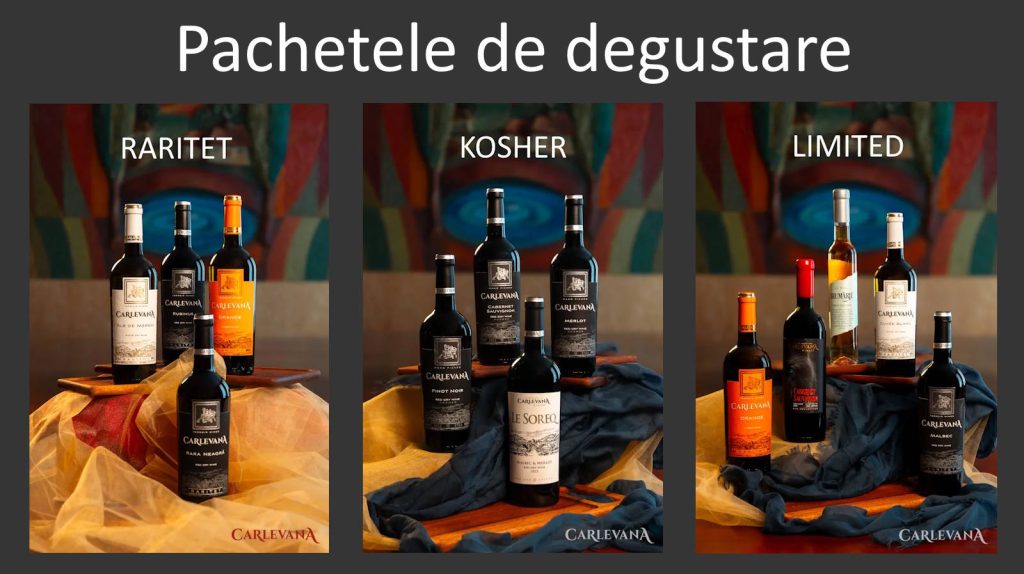Muscat Ottonel wine embodies elegance and aroma. With its delicate muscat bouquet and great versatility, it has secured a prominent place among the finest European and Moldovan wines.

History of the Muscat Ottonel Grape
Muscat Ottonel was created in France in 1852 by Robert More by crossing the Chasselas variety with an unknown muscat grape. It quickly spread across Europe and is now part of the western European ecological-geographic group.
Synonyms for the variety include:
- Muscateller Ottonel
- Muskotaly
- Ottonel Frontignan
These names are commonly found in Austria, Hungary, Bulgaria, and the Balkans.
Characteristics of the Muscat Ottonel Grape
Agricultural and Botanical Features

- Ripening period: early, similar to Chasselas
- Vine growth: moderate vigor, hermaphroditic flowers
- Clusters: conical-cylindrical, up to 100 g
- Berries: light green with a golden hue, slightly deformed, with thick skin and juicy pulp
- Sugar content: up to 22%, acidity 3.8–7.2 g/L
- Resistance: moderate frost resistance (-19 °C), susceptible to mildew and phylloxera
Technological Qualities
- Used for dry, semi-sweet, dessert wines, and blends
- Must is sweet and aromatic
- Wines are stable in quality, with a delicate muscat aroma and notes of honey and flowers
Wine Profile of Muscat Ottonel
Organoleptic Properties
- Color: pale straw to light gold
- Aroma: pronounced muscat character, floral and perfumed
- Taste: fresh and balanced, often with notes of peach, acacia, and honey

Wine Types
- Dry – crisp acidity, ideal for light dishes
- Semi-sweet – harmonious and versatile
- Sweet (including Ice Wine) – complex and concentrated, perfect with desserts
Leading Growing Regions
Muscat Ottonel is traditionally grown in:
- France – its birthplace
- Austria – especially the Burgenland region, known for high-quality Muscat Ottonel wines
- Hungary, Bulgaria, Romania, Czech Republic – for local varietals and blends
- Former USSR countries – notably Russia, Ukraine, and Moldova
Well-Known Wines and Producers
Austria
- Zantho Muskat Ottonel – dry white
- UNA Muskat Ottonel – semi-dry
- Kracher Cuvee Spatlese – sweet blend with Pinot Gris and Welschriesling
- Pittnauer Perfect Day – complex blend with Muskateller, Grüner Veltliner
Muscat Ottonel in the Republic of Moldova

Development and Features
Moldova is one of the leading producers of Muscat Ottonel in Eastern Europe. The variety has adapted well to the local climate and has become a key component of Moldovan winemaking.
Carlevana Winery produces wonderful wines from these grapes: Let harvest Aleasa Dulce, Raritet Alb de Mereni (blend), Renessance Muscat Alb. They can be purchased at the Carlevana wine shop or from our partners.
Style and Positioning
- Moldovan Muscat Ottonel wines range from fragrant everyday wines to premium dessert selections
- Often featured in export programs, enhancing Moldavian wine producer of high-quality wine
Food Pairings
Muscat Ottonel wines pair beautifully with:
- Fish, seafood, and Asian cuisine
- Light salads, asparagus, soft cheeses
- Fruit-based desserts, tarts, pastries
- Excellent as an aperitif due to their aromatic, light character
Muscat Ottonel is a historic and characterful grape that produces memorable wines. Thanks to its balanced flavor, refined aroma, and adaptability, it plays a major role in both European and especially Moldovan winemaking. Moldovan producers showcase the grape’s potential through high-quality dry, semi-sweet, and dessert wines that compete internationally.


